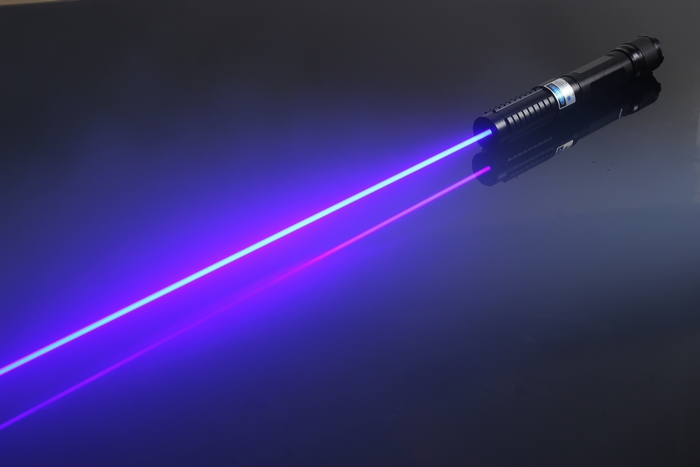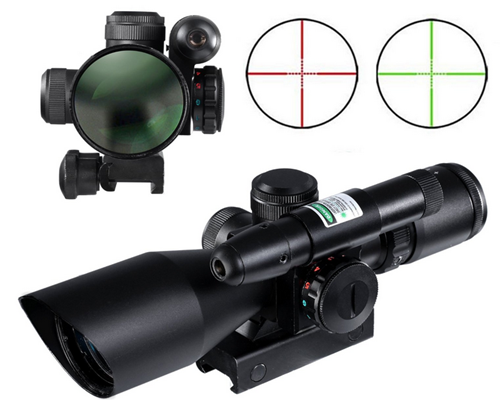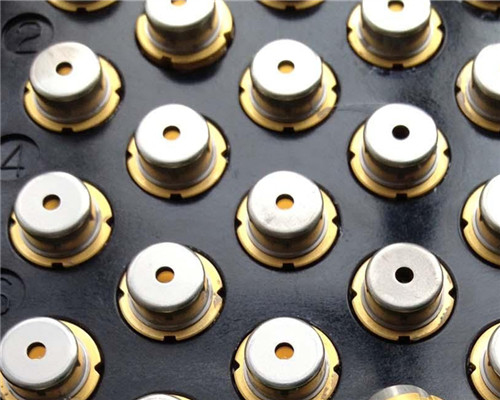The Danger Of Green Laser Pointers
Twenty years ago, a green laser would set you back $100,000 and occupy a good-sized dining room table. Today, you can buy a green laser pointer the size of a ball point pen for $15.
These devices create coherent green light in a three step process. A standard laser diode first generates near infrared light with a wavelength of 808nm. This is focused onto a neodymium crystal that converts the light into infrared with a wavelength of 1064nm. In the final step, the light passes into a frequency doubling crystal that emits green light at a wavelength of 532nm.
All this can easily be assembled into a cigar-sized package and powered by a couple of AAA batteries.
The result are devices generally advertised to have a power output of 10mW.
Today, Jemellie Galang and pals from the National Institute of Standards and Technology and the University of Maryland say they've found worrying evidence that the output of some green laser pointers is much higher and more insidious. They describe one $15 green laser pointer that actually emits ten times more infrared than green light.
Galang and co are under no illusion as to the potential consequences of this. "This is a serious hazard, since humans or animals may incur significant eye damage by exposure to invisible light before they become aware of it," they say.
And the problem appears to be widespread. "We have found that this problem is common in low-cost green laser pointers, though its seriousness varies widely," they say.
That's not a good state of affairs. Any ordinary user would be entirely unaware of the problem because infrared light is invisible. However, Galang and buddies describe a simple way for anybody to detect these infrared emissions.
The method is to reflect the the beam off a standard CD which acts as a diffraction grating, and so separates light of different wavelengths. The diffracted light is reflected onto a piece of paper which displays the diffraction pattern. Many webcams are sensitive to infrared light or can be easily modified to detect it. So photographing the paper using such a camera shows the diffraction pattern of the green light and any infrared light produced too.
The team hasten to emphasize the safety procedures that must be used during such an experiment.
They also take apart the green laser pointer in question to identify the cause of the problem. The design ought to include an infrared filter that blocks any infrared light that isn't converted to green light. However, the culprit they bought not only did not have the filter, it did not have a slot for such a filter. "We thus believe that the absence of the filter in this case was due to a design decision," they say
So somebody somewhere has removed the filter from the design, presumably to reduce costs. If that isn't a criminal act, it ought to be.



No comments:
Post a Comment